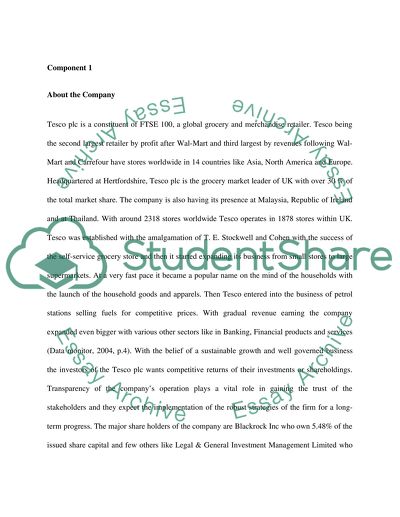Cite this document
(“Financial Resource Management Essay Example | Topics and Well Written Essays - 3500 words”, n.d.)
Retrieved de https://studentshare.org/finance-accounting/1390132-financial-resource-management
Retrieved de https://studentshare.org/finance-accounting/1390132-financial-resource-management
(Financial Resource Management Essay Example | Topics and Well Written Essays - 3500 Words)
https://studentshare.org/finance-accounting/1390132-financial-resource-management.
https://studentshare.org/finance-accounting/1390132-financial-resource-management.
“Financial Resource Management Essay Example | Topics and Well Written Essays - 3500 Words”, n.d. https://studentshare.org/finance-accounting/1390132-financial-resource-management.


